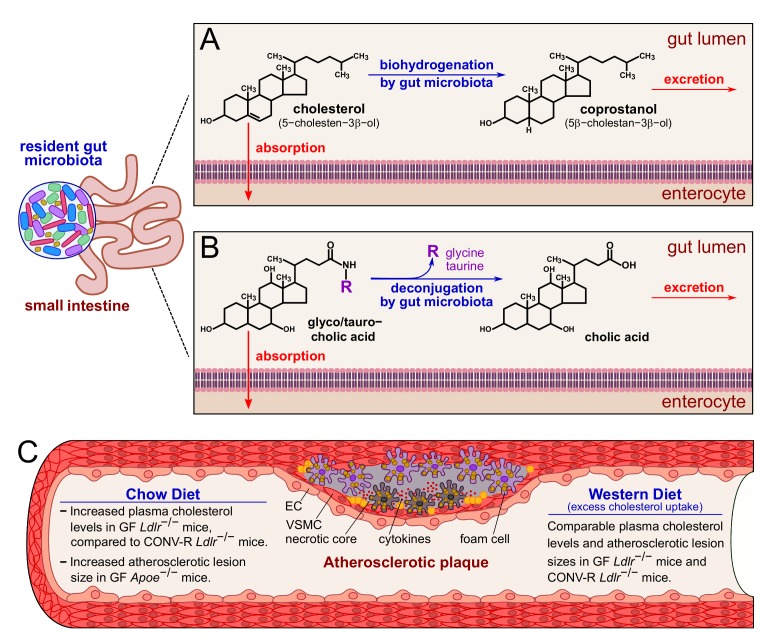Figure 1. FIGURE 1: Impact of the gut microbiota on cholesterol and bile salt excretion and on and atherosclerotic lesion size under chow diet or Western diet.
(A) In the gut lumen, the biohydrogenation activity of the gut microbiota converts cholesterol into the more hydrophilic coprostanol. (B) The gut microbiota is able to deconjugate both the bile salts glycocholic and taurocholic acids to cholic acid. Coprostanol and cholic acid are readily excreted with the feces. (C) In blood vessels, a surplus of circulating cholesterol promotes the formation of atherosclerotic plaques, characterized by an accumulation of smooth muscle cells and macrophages that convert into foam cells. Excess of foam cells leads to apoptosis, necrotic core formation and, eventually, plaque rupture. At chow diet conditions, the gut microbiota prevents cholesterol accumulation, and indeed GF Ldlr−/− and GF Apoe−/− mice have increased plasma cholesterol levels compared to CONV-R controls. At chow diet conditions, GF Apoe−/− mice show increased atherosclerotic lesion size, compared to CONV-R counterparts. On the other hand, excess cholesterol uptake at Western diet conditions counteracts the protective effect of the gut microbiota, and GF and CONV-R Ldlr−/− mice show comparable plasma cholesterol levels and atherosclerotic lesion sizes. Abbreviations: EC, endothelial cell; VSMC, vascular smooth muscle cell; GF, germ-free; CONV-R, conventionally raised.

